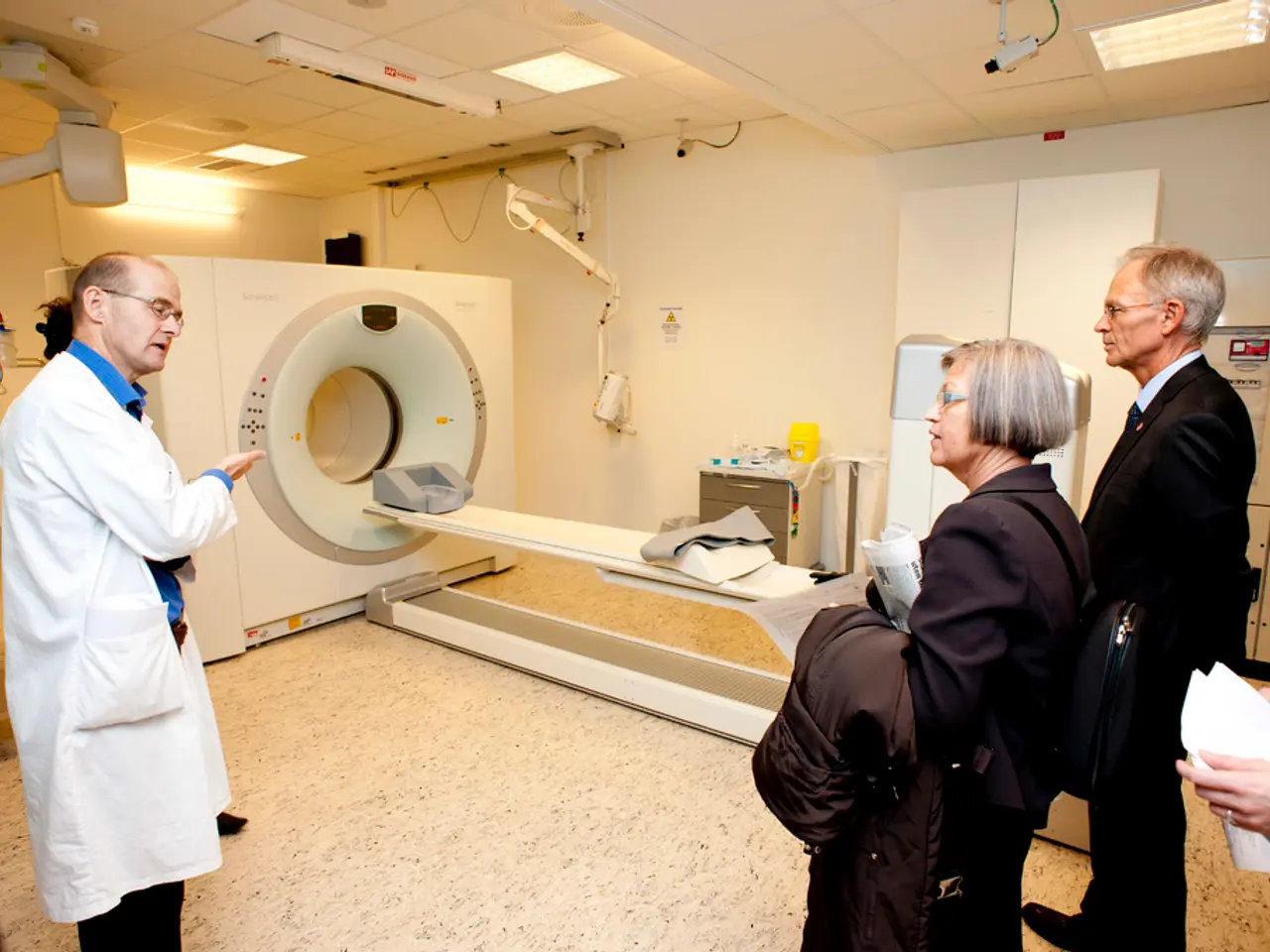Unveiling the Hidden Influence of the Subconscious on Thought and Action
The subconscious mind, a silent strategist, emotional compass, and creative muse, plays a significant role in both decision-making and creativity. It's not magic, but the hidden genius inside you, deeper, quieter, and more brilliant than you might have realised.
When you learn to partner with it, you can solve problems faster, make decisions more intuitively, and feel more aligned with your values and purpose. This partnership isn't a magical transformation, but a conscious effort to understand and influence your subconscious mind through consistency and clarity.
In decision-making, much of the brain’s work happens unconsciously. The brain acts as a prediction machine, constantly using past experiences and sensory data to simulate possible outcomes and arrive at a decision before the conscious mind becomes aware of it. This unconscious processing corresponds to System 1 thinking—quick, intuitive, and habitual decisions driven by instincts, emotions, and learned responses. Although the subconscious may initiate most decisions, the conscious mind can still exercise “veto power” to stop or modify actions at the last moment, refining the final choice.
In creativity, the subconscious influences how new stimuli are perceived and processed. Bottom-up processing—encoding sensory input without pre-existing biases—helps generate novel ideas by allowing perception and unconscious memory processes to feed creative responses. Brain chemicals like dopamine, GABA, and glutamate modulate this process by balancing neural activity and supporting learning, memory, and stress regulation, which in turn impacts creative capacity.
The subconscious mind contributes significantly to both decision-making and creativity by processing information, running simulations, and generating responses largely outside of conscious awareness, which then influence or form the basis of conscious decisions and creative ideas.
Repetition, visualization, affirmations, mindfulness meditation, therapy, journaling, and dream analysis are methods for subconscious reprogramming. Consistent practice of these techniques can lead to changes in mindset, habits, and physical behavior. Dreams, in particular, are a reflection of the brain's organization of emotional and cognitive material.
The invisible work of the subconscious becomes the foundation for a more intentional, empowered life. Gut feelings, dreams, and pausing to breathe and reflect are ways to connect with the subconscious. Old emotional wounds, beliefs, and fears often hide in the subconscious and can shape reactions and behaviors. The goal isn't to erase the past but to retell it in a way that empowers the future.
Changing subconscious beliefs about oneself isn't easy, but can be accelerated with emotional processing and supportive tools. Mental clarity is important for making the most of these practices, and nootropics or brain supplements can support this. Nootropics are brain support options that people use to keep both conscious and subconscious minds in sync.
Thus, the dynamic interplay between the conscious and subconscious minds enables efficient decision-making and the emergence of original creative ideas. By understanding and influencing the subconscious, you can unlock its power to live a more intentional, empowered life.
- Mental health and personal growth are significantly influenced by the partnership between the conscious and subconscious minds, acting as a silent strategist, emotional compass, and creative muse.
- The subconscious mind contributes to decision-making by using past experiences and sensory data to simulate possible outcomes, associated with System 1 thinking.
- In creativity, the subconscious mind helps generate novel ideas through bottom-up processing and a balance of brain chemicals like dopamine, GABA, and glutamate.
- Methods for subconscious reprogramming include repetition, visualization, affirmations, mindfulness meditation, therapy, journaling, and dream analysis.
- The subconscious mind can store old emotional wounds, beliefs, and fears that can shape reactions and behaviors; understanding and addressing these can empower the future.
- A more empowered life can be achieved by consistently connecting with the subconscious through gut feelings, dreams, and pausing to breathe and reflect.
- Changing subconscious beliefs requires emotional processing and can be accelerated with the use of nootropics or brain supplements that support mental clarity and sync the conscious and subconscious minds.
- Consistent practice of subconscious reprogramming techniques can lead to changes in mindset, habits, and physical behavior, contributing to improved education and self-development.
- By understanding and influencing the subconscious mind, one can make decisions more intuitively, live a more intentional life, and unlock its power for mental health and wellness.
- Science has shown the dynamic interplay between the conscious and subconscious minds enables efficient decision-making, the emergence of original creative ideas, and their manifestation in health-and-wellness and education-and-self-development.




